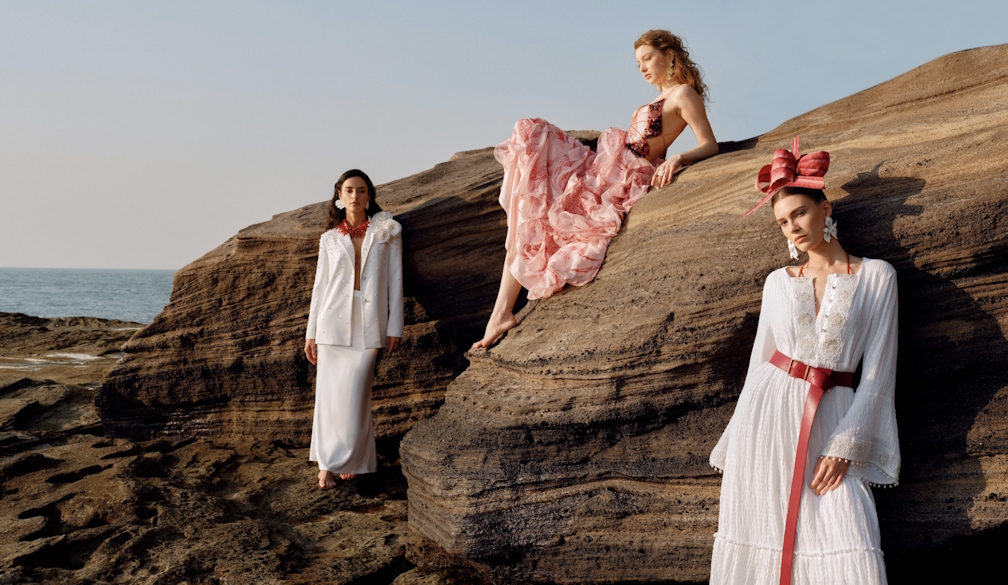Alikay natural curly hair products in Australia
- Written by The Times

In the past, we usually saw that hair care was mostly about achieving straight and shiny hairstyles. Curly styles, on the other hand, had been overlooked and didn’t exactly count as beauty standards in the industry, despite being naturally charming and bountiful. But fortunately, things have changed since then. Some brands have put special care and focus on celebrating the natural beauty of curly hair. Alikay Natural is one of the main brands working on embracing the individuals with curly locks. Founded by Rochelle Graham-Campbell, Alikay Naturals is a major producer of curly hair products in Australia.
The Curly Hair Market in Australia:
Australia has a very diverse population, being home to people from very different nations. As a result, you see people with all kinds of races and hair textures. From curly locks and kinky hairstyles to coily and greasy ones, the country represents all kinds of diverse styles. Despite this diversity, many people with curly hair still have trouble finding the right product to embrace their special needs. Most of the major brands work almost exclusively on straight and sleek hairstyles, to the point that people with naturally curly hair might feel excluded from the beauty standards of the industry.
But we have seen the signs of changing in recent years, with the natural curly hairstyles getting more recognition. Consumers are demanding inclusive beauty products more than ever, which creates an increasing need for curly hair products in Australia. Brands like Alikay Natural have been formed to cater to this special need in the market. You can find the Alikay Natural products in Curlfans online store.
The Story of Alikay Natural
The concept of Alikay Natural was shaped by Rochelle Graham-Campbell’s personal experiences. At one point in life, she was frustrated by the lack of curly hair products in Australia. That was when she decided to not only satisfy her own needs but also help others to embrace the natural beauty of their hair. As a result, Alikay Natural was born to redefine the beauty standards of the industry.
You might ask what sets Alikay Natural apart from other companies. The answer is a commitment to using natural ingredients for making curly hair products in Australia. Moisturizing shea butter and lemongrass, for example, are some of the most used ingredients here. Also, the company prioritizes transparency with the consumers by providing full visibility into the composition of the products.
Alikay Natural Curly Hair Products in Australia
There is a wide range of products designed at Alikay Natural that meet the specific needs of people with curly hair. Cleansing shampoos, nourishing conditioners, and styling creams are some of these curly hair products in Australia that each have been crafted with special formulations. Here we talk about some of the examples:
- Shea Yogurt Hair Moisturizer: This moisturizer was created using shea butter and argan oil, which are helpful in deeply hydrating curls, resulting in soft, smooth, and defined hair.
- Lemongrass Leave-In Conditioner: This lightweight conditioner, that was infused with the lemongrass scent, helps detangle the knots and gives a shiny look to your hair.
- Essential 17 Hair Growth Oil: This mixture of essential oils is all about stimulating hair growth and nourishing the scalp. As a result, you’ll see healthier and stronger strands.
These products are some of the most acclaimed curly hair products in Australia that have transformative effects on people’s hair care routines.
Alikay Natural in Australia
Ever since becoming a major brand in the Australian market, Alikay Natural has reshaped the landscape for curly hair products in Australia. In addition to partnerships with local distributors and online retailers, Alikay Naturals has expanded its marketing. The brand is making the products more accessible across the nation by actively engaging with consumers on social media.
Alikay Natural has increasingly expanded the brand as a platform for individuals with curly or kinky hairstyles to boost their confidence and embrace their true selves.
Buy Curly Hair Products in Australia
If you describe your hair type as curly or kinky, it’s time to join the Alikay Natural experience. No more frizzy, dry, or lackluster curls from now on. Nourished and defined locks can help you radiate beauty, but this only happens by choosing the right products. You want a brand that cares about quality, transparency, and inclusivity. These are the features that you can find in Alikay Natural products.
This brand exclusively works on meeting the needs of people with curly hair. All of the products, such as moisturizing shampoos, hydrating conditioners, and styling creams, were formulated with natural ingredients. So, if you want to start your journey towards being healthier, happier, and more confident, you can choose Alikay Natural to buy curly hair products in Australia.























